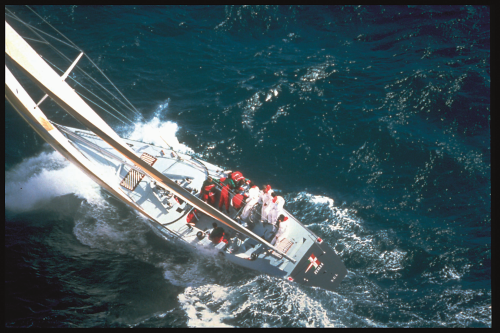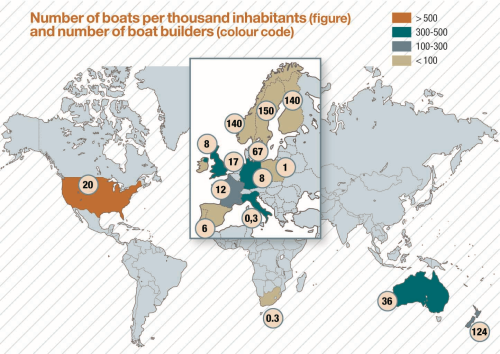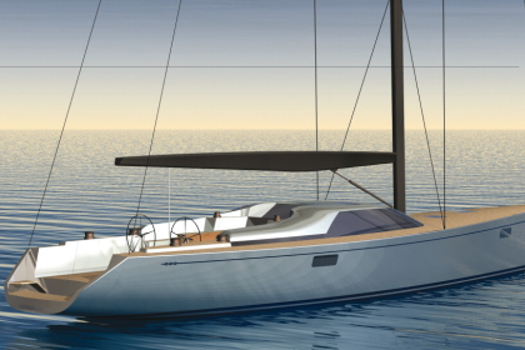

The marine market experienced very strong growth up until 2007, at which point the construction of motor boats and sailing boats accounted for almost 10% of the total composite market.
The recession started in 2007 in the United States and 2008 in the rest of the world, signalling the end to double-digit growth. As boats are discretionary items, the marine market plummeted by 50% between 2007 and 2009, with some countries hit even more severely. The market’s collapse was so fast that inventory dramatically increased, leaving many boat builders in an extremely delicate financial position.
Although 2010 saw a recovery, restructuring is a feature of this sector, with numerous acquisitions, recapitalizations, some companies that had filed for bankruptcy resuming work, and recruitment back on the agenda.
Main manouvers
The entire European continent was affected by sales and acquisitions.
The Italian boat builder Ferretti sold its brand Apreamare in early 2010. Finland’s Terhi Oy acquired Silver Boats Ltd to complete its range of craft.
In the UK, the manufacturer of large motor boats Sunseeker was purchased for £25 million by an investment fund.
At the end of 2010, French yacht builder Dufour and Italian shipyard Cantiere del Pardo were acquired by Germany’s Bavaria, which will double its number of employees as a result and be able to offer a broad range of boats from 15 m sailing yachts to basic motor dinghies. In 2009, Bavaria had already been bought out by an investment fund.
Other boat builders have preferred to call on the market to raise capital and survive rather than seek the help of another company. For example, French company Poncin that recently raised €6.9 million via the stock market and Finnish Finn-Marin that was bought back and recapitalized by its former owner.
Some companies that had not managed to escape bankruptcy resumed business operations in 2010, such as the motor boat builder Broom Boats in the UK and sailing boat builder Sweden Yachts.
The storm clouds seem to be parting and many of the shipyards that had laid off personnel at the height of the crisis have now started to recruit again: 400 extra jobs in 2011 at Europe’s largest boat builder Beneteau (+8%); 63 people recruited in 2010 by Sweden’s Hallberg-Rassy (+30%); along with recruitment at Pearl Motor Yachts in the UK since the start of 2010.
Main trends: new models and eco content
All this would indicate that the market has turned the corner: up 12% in Germany; up 7% in France; and up 11% in Finland. But there are significant differences between the less dynamic sailing boat segment and the motor boat market that is really driving growth. Still this growth needs to be viewed in the light of the 50% collapse in the market, as figures are still 45% down on the 2007 level of business. The situation therefore remains tense.
The strategy to adopt seems to be to bring out new models, like the 49 new boats the Beneteau group unveiled in 2009-2010.
Another trend is eco-design. A programme is due to be released by FIN (French Nautical Industries Federation) within two to three years that will assess the carbon footprint of a boat’s construction. Labels are being introduced, such as the Green Plus Yacht Award.
Lastly, bio-materials are also making inroads and could well be a differentiator for the environmentally conscious leisure cruiser. ♦
This article is reprinted with the kind permission of Cray Valley from its Composite Values newsletter dated 8 March 2011.






